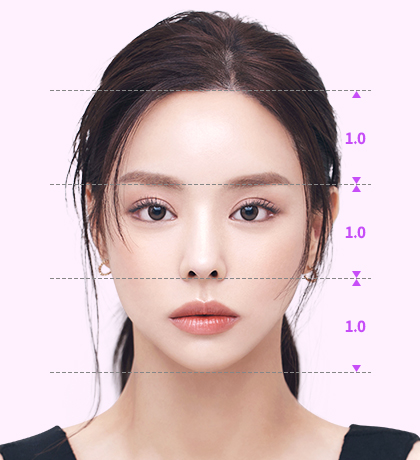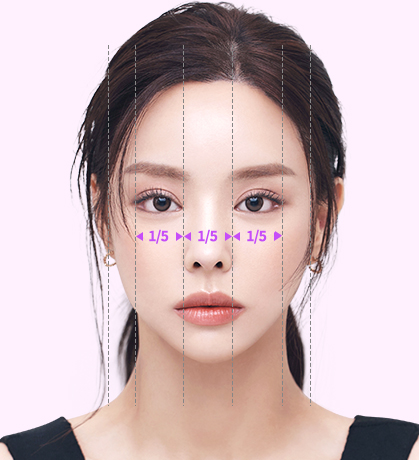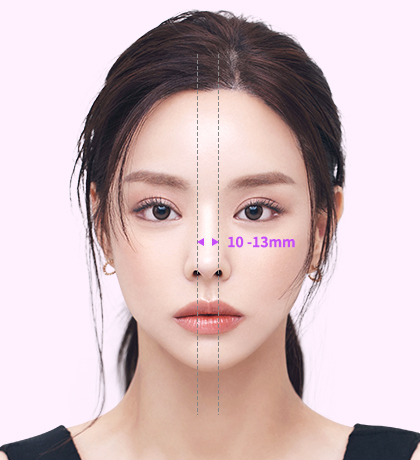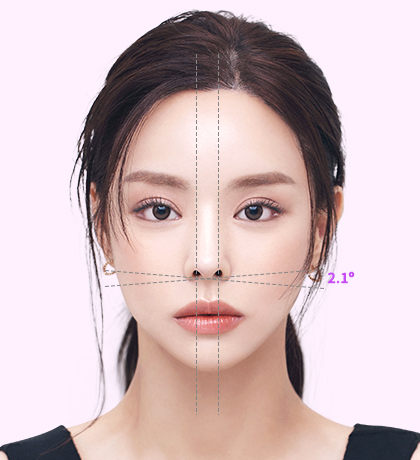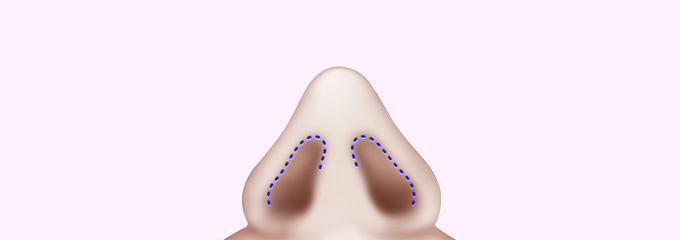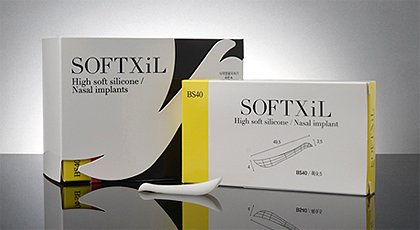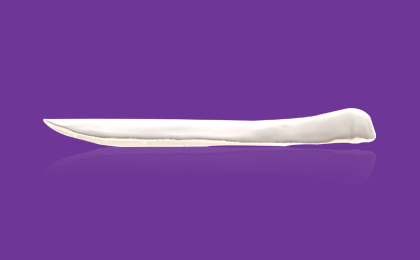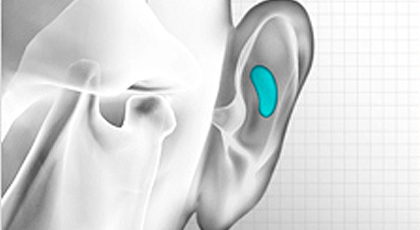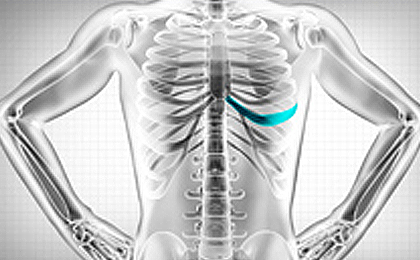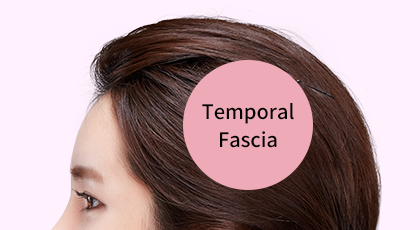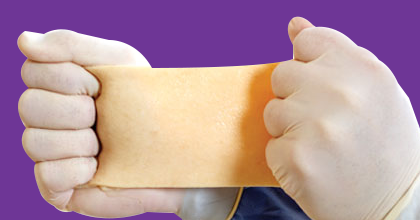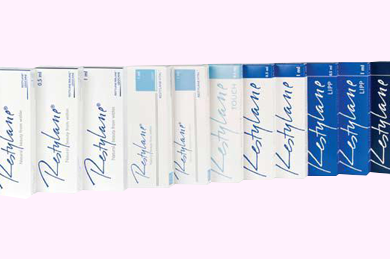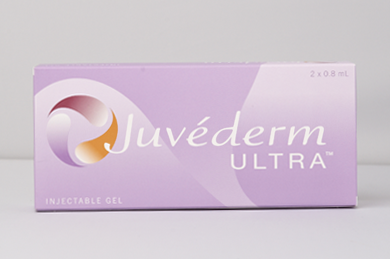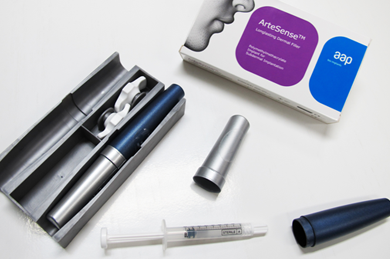WONJIN’s Rhinoplasty System
WONJIN's Customized Rhinoplasty
considering
the overall harmony of the face
The height of nose alone cannot be the standard for a beautiful nose.
The overall harmony of natural and smooth facial lines from the forehead,
nose, lips, and front chin, together, makes true beauty.
The structure and appearance of the nose is only one primary factor
for facial beauty, but beyond the cosmetic aspects,
the functional roles of the nose are also extremely important.
Therefore, collaborative teamwork between the ENT
(Ears, Noses, Throat) department
and Plastic Surgery is very important for the best surgical outcomes.
Wonjin's Rhinoplasty Clinic can fulfill the patients' desires and preferences,
and by using 3D Scanners and CAD medical devices, beauty can be individually re-defined.









